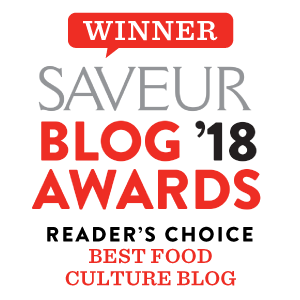The ‘New Nigerian Kitchen’ is a term I coined in 2013 and articulated in my 2014 TEDx Talk to describe my approach and practice to the many faces and facets of Nigerian cuisine and my strong belief that Food is more than eating – practically all aspects of life are reflected on the plate. I think of it as is the sum total of life and embraces all aspects of living and being, from geography to history and culture, heritage, legacy, politics and economics, colonization, decolonization, movement, and migration, language, religion knowledge production and transmission, roots and origins, erasure and representation and everything in between, especially the intersections and interactions between these and other aspects of life – gender ideas and ideals, race and much more.
The New Nigerian Kitchen is a celebration & documentation of Nigerian food in its entirety, from history to recipes, techniques and produce.
I’ve experienced a range of sometimes emotional responses to some of my creations – sometimes flattering and other times not. In all cases, I go away with learning, with understanding about context and history, memory and perception.
It is important to clarify what the New Nigerian Kitchen means to me, so there’s no doubt that the intent, my intent is to celebrate the wonders of the Nigerian kitchen. It is never to be outrageous, or to present fusion food for the sake of making a statement. It is all about understanding that ingredients are gifted to us, to unearth uses and show forth their glory.
According to the almighty Wikipedia, ‘A cuisine (/kwɪˈziːn/ kwi-zeen; from French [kɥizin], in turn from Latin coquere “to cook”) is a style of cooking characterized by distinctive ingredients, techniques and dishes, and usually associated with a specific culture or geographic region.
A cuisine is primarily influenced by the ingredients that are available locally or through trade. Religious food laws, such as Hindu, Islamic and Jewish dietary laws, can also exercise a strong influence on cuisine. Regional food preparation traditions, customs and ingredients often combine to create dishes unique to a particular region.’
Many relationships with food are about emotional connections which draw on memory, place, time. That is a valid beginning, as is the growth, the progression of ideas. I find it somewhat surprising when people react with vitriol to recipes, food ideas that showcase a certain, perhaps previously explored concept with an ingredient.
I understand that some of it may be shock and the inability to understand how a fruit that was only handheld all of a sudden is finding its way into drinks and desserts but…I think it is an idea to make room for these new discoveries, the exploration, to at least conceive that there may be possibility.
My Idea is
- That ingredients are ingredients are ingredients
- That the most popular use of an ingredient isn’t the only valid use
- That we must challenge our ‘functional fixedness’ – a cognitive bias that makes it difficult to see or use familiar objects in innovative/ new & creative (abnormal) ways’ {cf. The Candle Problem}
- That new approaches are not borne out of disrespect and do not invalidate the old, the traditional
- That Nigerian cuisine is beautiful, diverse and needs to be experienced
How is this done?
Research & Reading: To truly explore the variety of ingredients and dishes, one must be methodical and apply a degree of ‘compulsion’. My approach is very much scientific – when I come across a new ingredient, or rediscover an old one, I ‘study it’ – I observe flavour, texture, appearance changes and the nuances. I consult family, friends, market women and men who may know more. I scour the interwebs, delve into books to understand as much as possible about this ingredient.
Documentation: Through visual and written records, from Instagram to this here, my blog. We write everything down. About food, history, culture, everything.
The concept of the New Nigerian Kitchen goes beyond using ingredients and produce in new ways. It’s about CELEBRATION. It’s about celebrating our culture, our history. It’s about flavour combinations from the classic Nigerian Kitchen that haven’t been explored much. It’s about applying new techniques to getting things done efficiently, whether that be buying plantain chips (vs. making), using your blender/ food processor in different ways, using different cooking methods to showcase colour and flavour. It’s about us. About our freedom, our right, our desire to celebrate what we have.
S/O to Nigerian food lovers – eaters, readers, writers, cooks, chefs, produce suppliers, to you who inspire me in untold ways. Namaste
What are the building blocks?
- Exploration. Of ingredients & combinations – flavour and texture, techniques, presentation, preservation
- Testing the range of possibilities with any particular ingredient and observing the results
The New Nigerian Kitchen from Kitchenbutterfly
Understanding the anatomy of
This is my way of describing the ingredient. What do we know about it in its most fundamental terms. What does it look like, taste like? Where does it grow, come from? How is it peeled, stored, prepared?
{The Anatomy of ….}
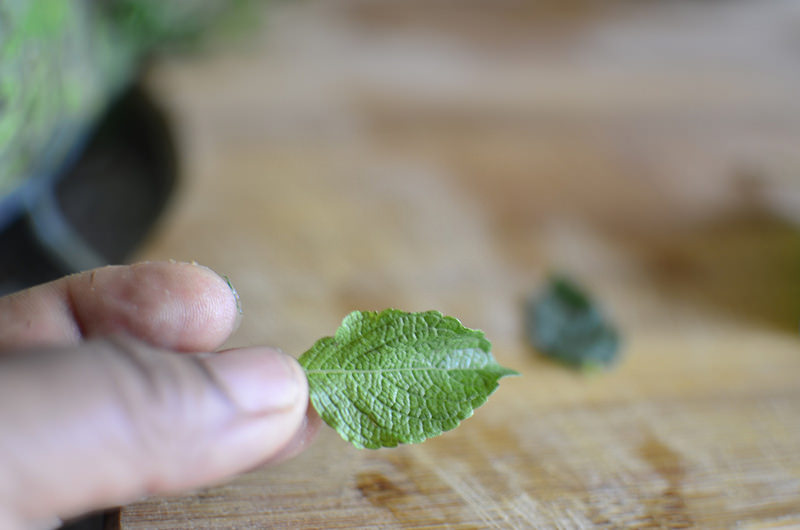
Fresh & In season
Cooking with fresh produce is very much a part of Nigerian cuisine. Cooking & eating in season too though generally not as far as I’ve stretched it. This takes advantage of seasonal produce which is often at the peak of flavour and possibly nutrition. So when Agbalumo, for instance is in season, you’ll see me focused on it, using it in drinks and smoothies, baking it into tarts and cakes and much more. Sometimes to the chagrin of the ‘undiscerning’ or uninitiated.
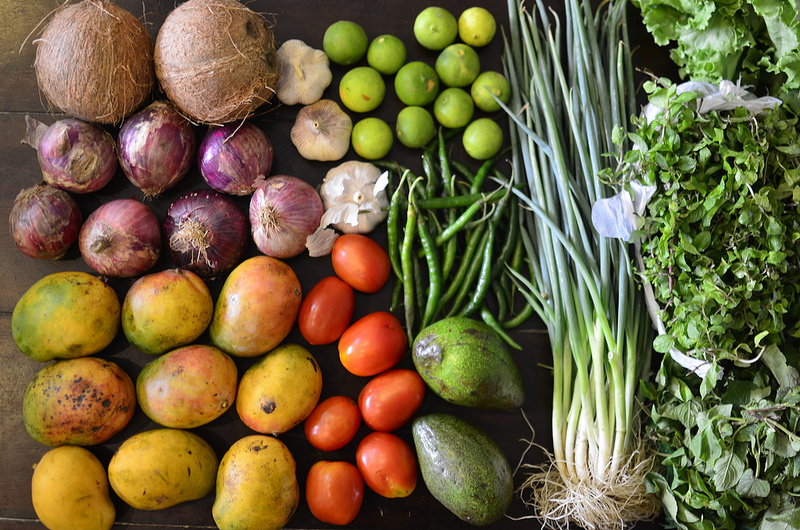
Flavours
Nigerian cuisine has characteristic flavours that range for bitter to spicy and pungent. Understanding these, and the best way to showcase them is everything. Take yaji – suya spice. Its peanuty flavours make it very versatile though traditionally, its use has been limited to making suya.
Preservation
Traditionally, Nigerian cuisine isn’t big on some methods of preservation – canning for instance. And though sun-drying is popular, not enough fruits, vegetables are dried. Take yellow chilies, Ose Nsukka. They are similar to a variety of Camerounian chilies very popular in Nigeria. How is it that we grow the same peppers they do in Cameroun yet theirs are more popular in our markets? My dream would be to work with market women and men to set up solar-powered dehydrators and driers to reduce food waste and also expand the range of possibilities for our produce.
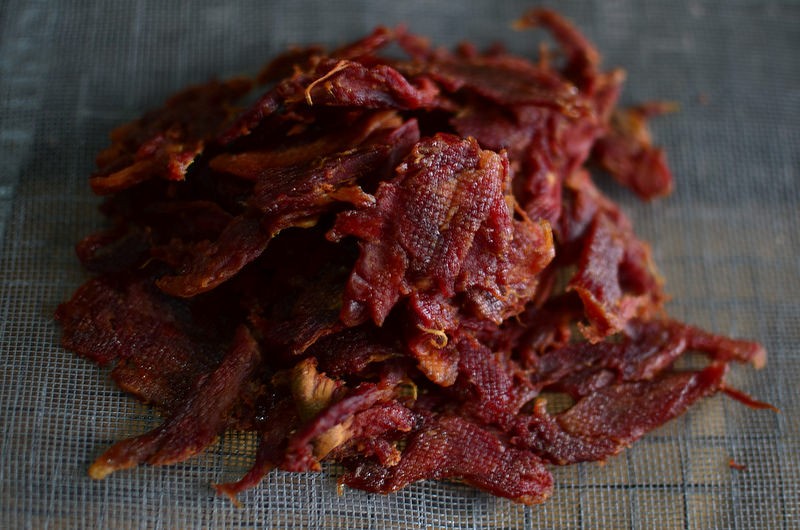
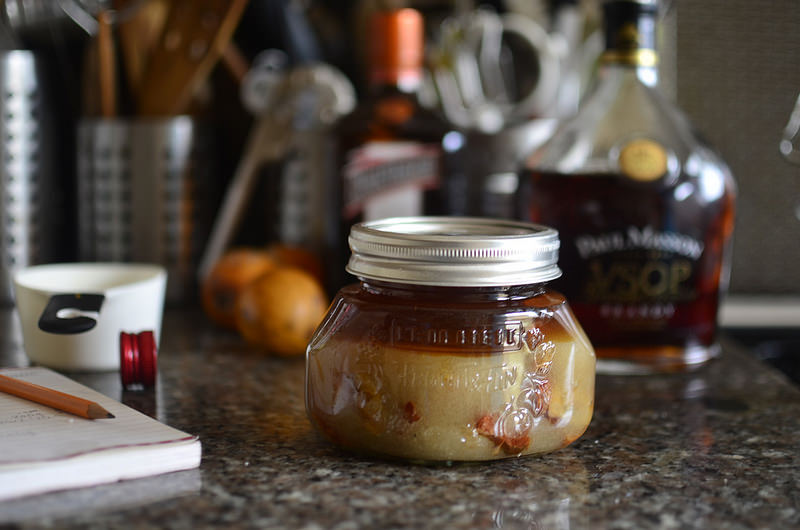
Comparisons
Understanding the difference between fresh and canned for instance. Whether that is in Banga, a soup made from fresh or tinned palm nut cream…
…or a pineapple-zobo flower cake, baked with mostly the same ingredients save for the pineapple – one with fresh, the other with canned in juice produces similar tasting but visually different dishes. The fresh pineapple produces a burgundy colour that’s close to its uncooked hue.
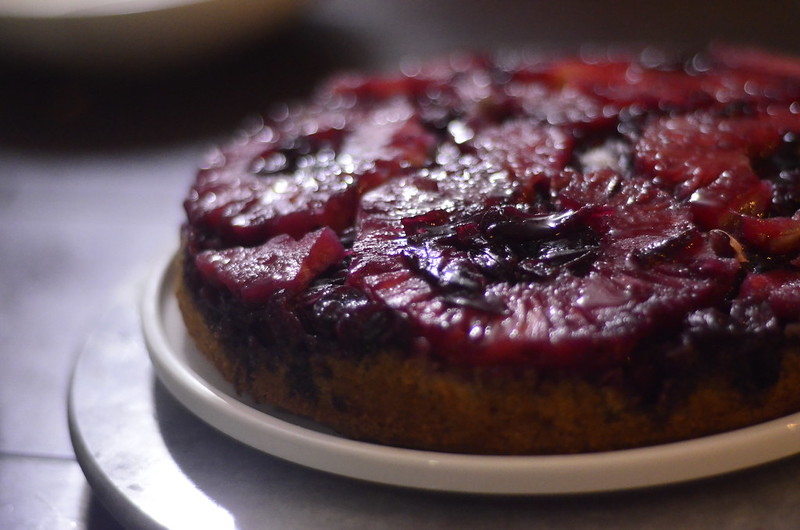
Using canned pineapples produces a deep purple colour that is rather unexpected.
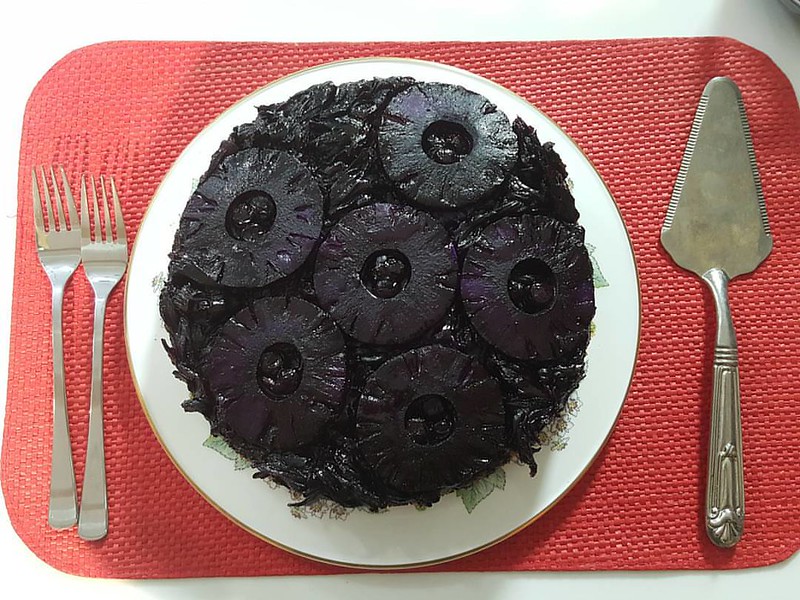
I am very big on preservation, from sundried to alcohol, frozen and more.
New Techniques & Combinations
Like Jollof rice a few different ways. With Nkwobi (cow leg) or snails, prawns or peppered goat meat
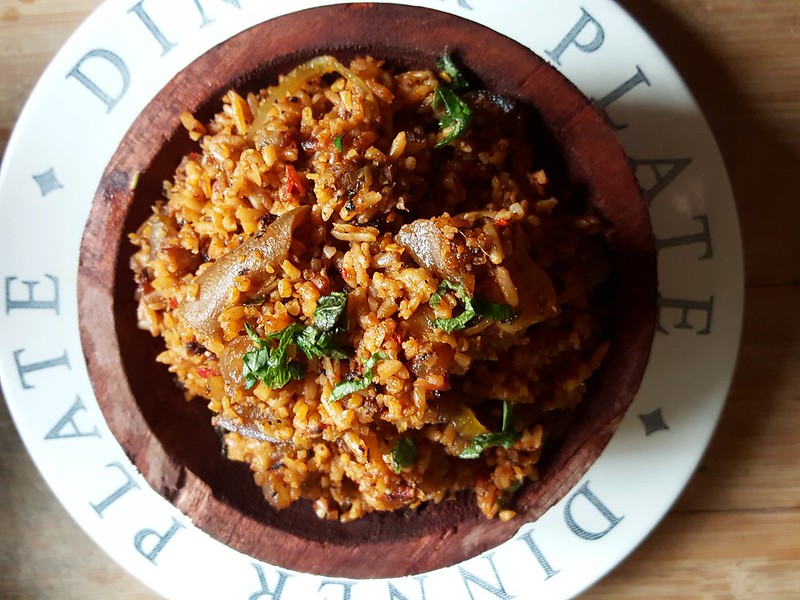
Like Isiewu and mashed yam
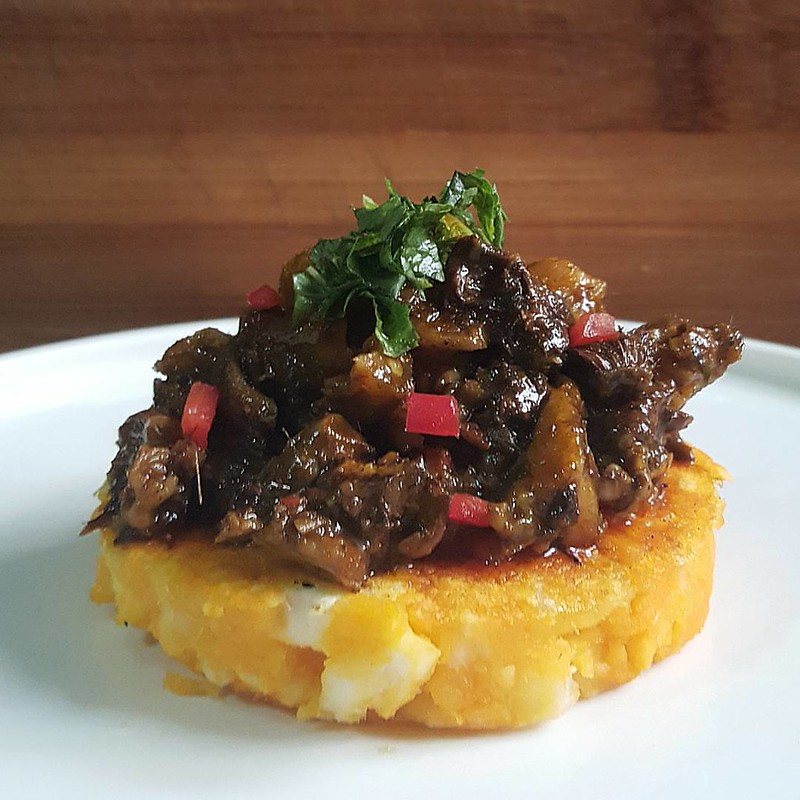
Like a zobo sauce spread on bread in a club sandwich

Ever had snail samosas? I love ’em – the crunchy, chewy texture of snails with boiled yam, pepper sauce and peas is gorgeous.
Using your food processor and blender more for efficiency. Why sit and grate coconuts when you can blitz it up in a minute. Or pound yam by hand? Or peel beans for Akara or Moinmoin?
New approaches to Nutrition
Historically, Nigerian cuisine hasn’t been viewed as healthy. However, that isn’t true. Nowhere is this more apparent than in 9ja Foodie’s ‘Lose it Nigeria‘ ebook, full of ‘customized meal plan for weight loss on a Nigerian Diet’
My approach focuses on fresh and raw where possible, stir-fries and pan cooked techniques and the introduction of balance to every meal.
A lot of my offerings feature ingredients with different colours – one is trying to ‘eat the rainbow‘ and by so doing, secure all the benefits that accrue from doing so.
Presentation
Showcasing the colours, the flavours and textures.
Re-purposing ingredients
Like finding many ways to use zobo flowers and putting the ‘chaff’ from the tigernut drink to good use.
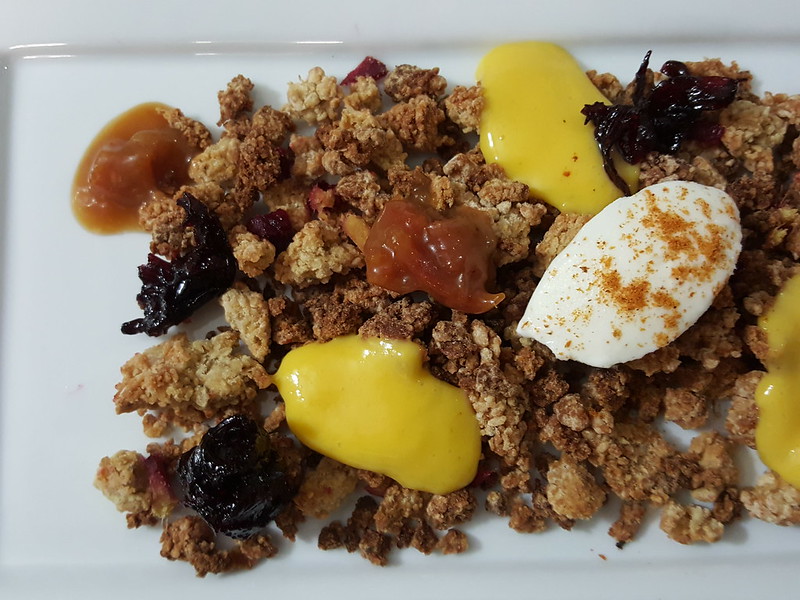
Showcasing our uniqueness
Like the special way we peel our oranges. And how metres away, the fragrance of citrus and sweet reaches my nose. How the oils saturate the air till my mouth waters.
These ingredients, dishes, concepts are in our hands. We are blessed with them, to create, to show forth excellence.
This is what we’re born to do. And we, I’ll do it. Welcome to The New Nigerian Kitchen.



